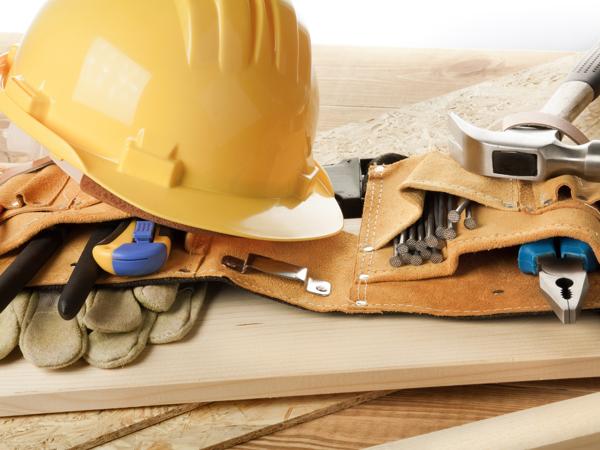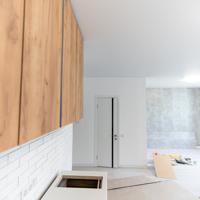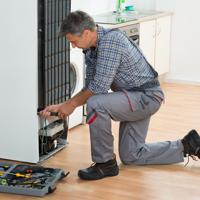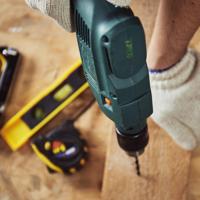Embarking on a home improvement journey can be a rewarding yet challenging experience. From enhancing the aesthetics of your space to boosting its functionality, the tasks are endless. However, one crucial aspect that often takes a backseat is safety. Here, we focus on safety equipment and its essential role in ensuring a secure working environment while tackling various home improvement projects.
Why Safety Equipment Matters
It's easy to get consumed by the excitement of transforming your living space. However, the risks involved in home renovation are real and should not be underestimated. Taking adequate precautions by using appropriate safety equipment can minimize the chances of accidents and injuries.
Essential Safety Gear for Every Home Improvement Enthusiast
1. Eye Protection
Your eyes are particularly vulnerable during home improvement activities. Flying debris, dust, and chemical splashes can pose significant hazards.
- Safety Glasses: Offer basic protection against particles and debris.
- Goggles: Provide a more comprehensive seal around the eyes, ideal for working with liquids or chemicals.
2. Hearing Protection
Power tools and machinery generate high-decibel sounds that can damage your hearing over time.
- Earplugs: Compact and effective, they are great for periodic use.
- Earmuffs: Offer a higher degree of noise reduction and are more comfortable for extended periods.
3. Respiratory Protection
Dust, fumes, and volatile organic compounds are common in various home projects. Breathing clean air is often taken for granted, but it is vital for your health.
- Dust Masks: Suitable for low-level exposure to dust and non-toxic mists.
- Respirators: Necessary for prolonged exposure to hazardous substances and more intense conditions.
4. Hand Protection
Your hands do a lot of work and deserve adequate protection from burns, cuts, and chemical exposure.
- Work Gloves: Provide basic protection and improve grip.
- Chemical-resistant Gloves: Necessary when handling paints, solvents, or other chemicals.
5. Head Protection
A head injury can have severe consequences, and protecting your head is critical when working in environments with falling objects or in confined spaces.
- Hard Hats: Especially useful for construction or overhead tasks.
6. Foot Protection
Protecting your feet is essential when working with heavy materials or sharp objects.
- Steel Toe Boots: Offers protection from heavy impacts and punctures.
- Non-Slip Shoes: Reduces the chances of slipping on wet or uneven surfaces.
7. Other Protective Gear
- Knee Pads: They provide comfort and protection when working on floors.
- High-Visibility Clothing: Important when working near traffic or in dimly lit environments.
Conclusion
Understanding and utilizing safety equipment can significantly reduce the risks associated with home improvement projects. Each piece of equipment serves a purpose, and investing in these tools shows a commitment to completing your projects safely and responsibly.
If you're uncertain about what specific gear might be best suited for your project, don't hesitate to seek advice from professionals or conduct further research. Remember, no project is worth jeopardizing your well-being. Always prioritize safety.
Thank you for joining us in exploring the essentials of safety equipment for your home improvement endeavors. Stay safe, and happy renovating!
Note: The information provided in this article is based on general best practices and should be adapted to your specific needs and project requirements. For further guidelines, refer to manufacturers' instructions, safety manuals, or consult with a safety expert.




